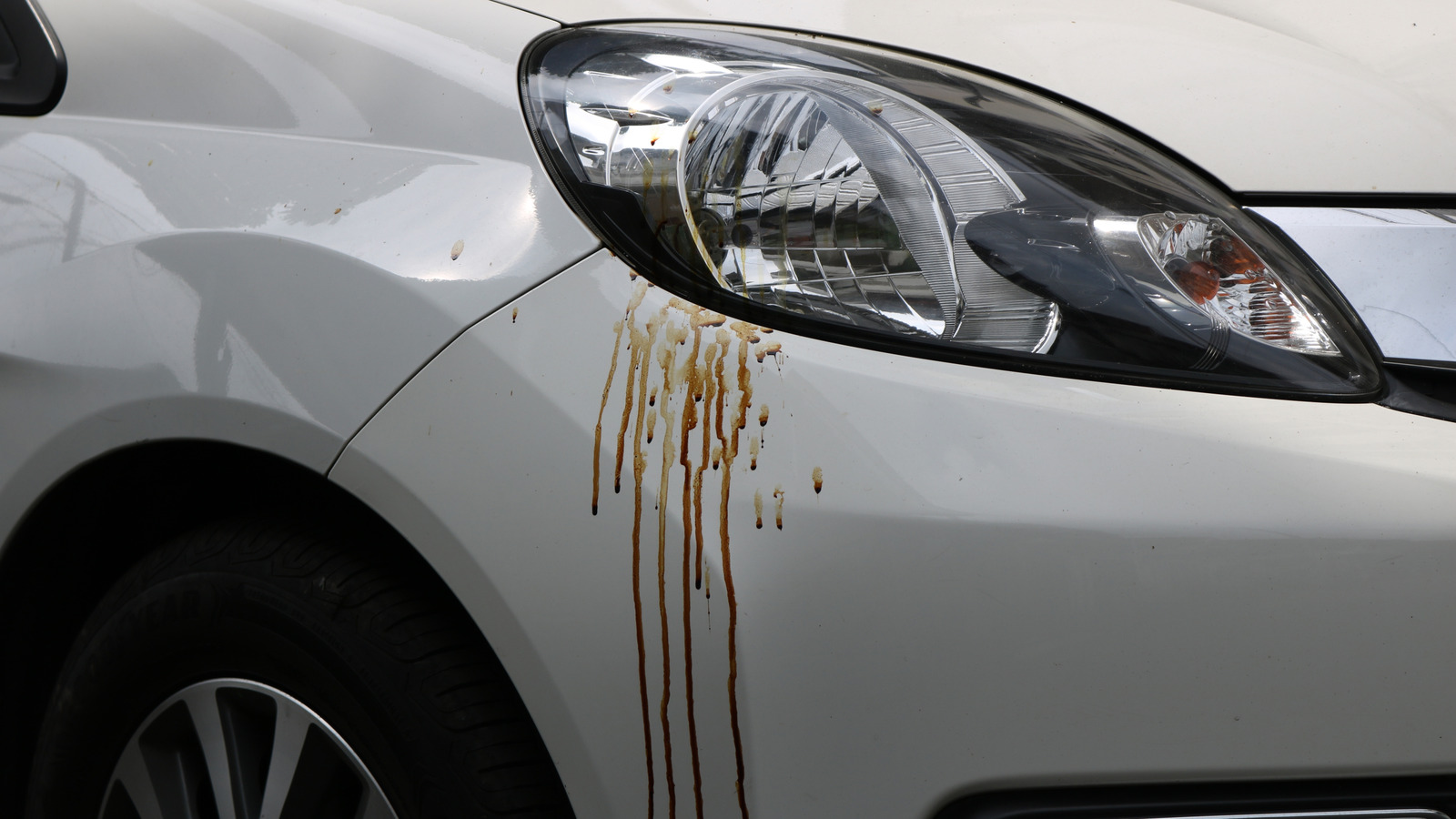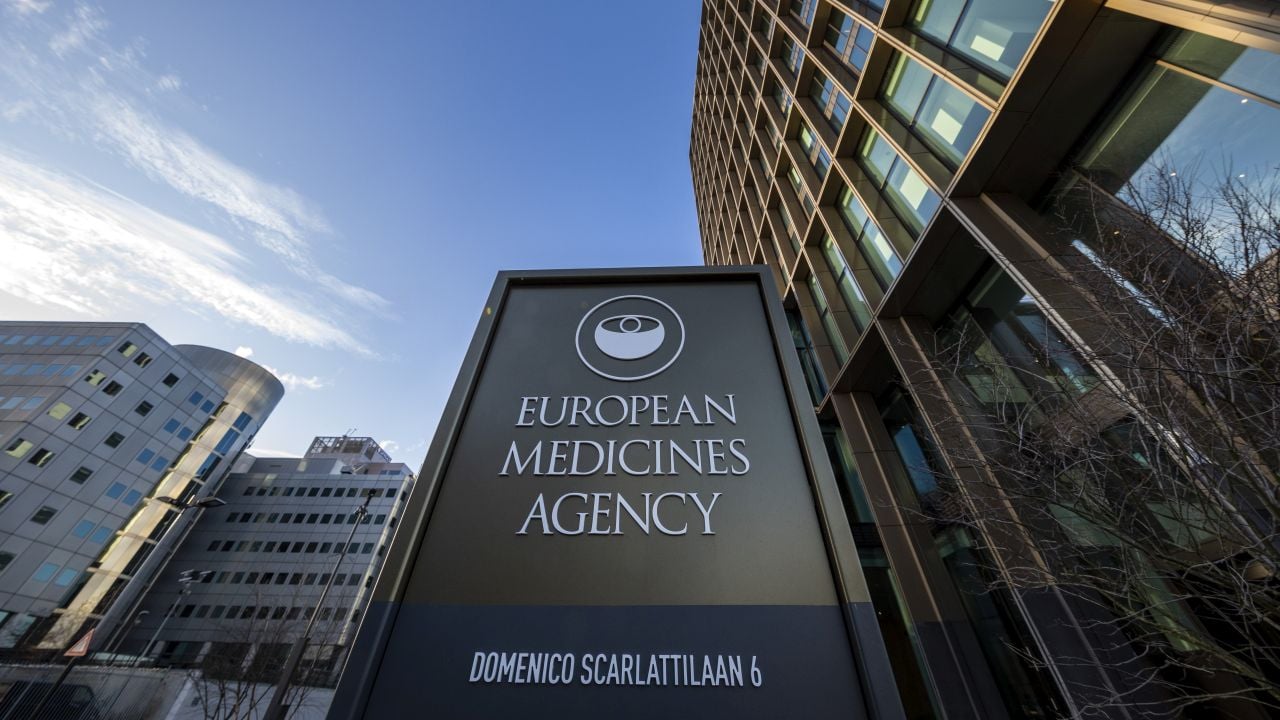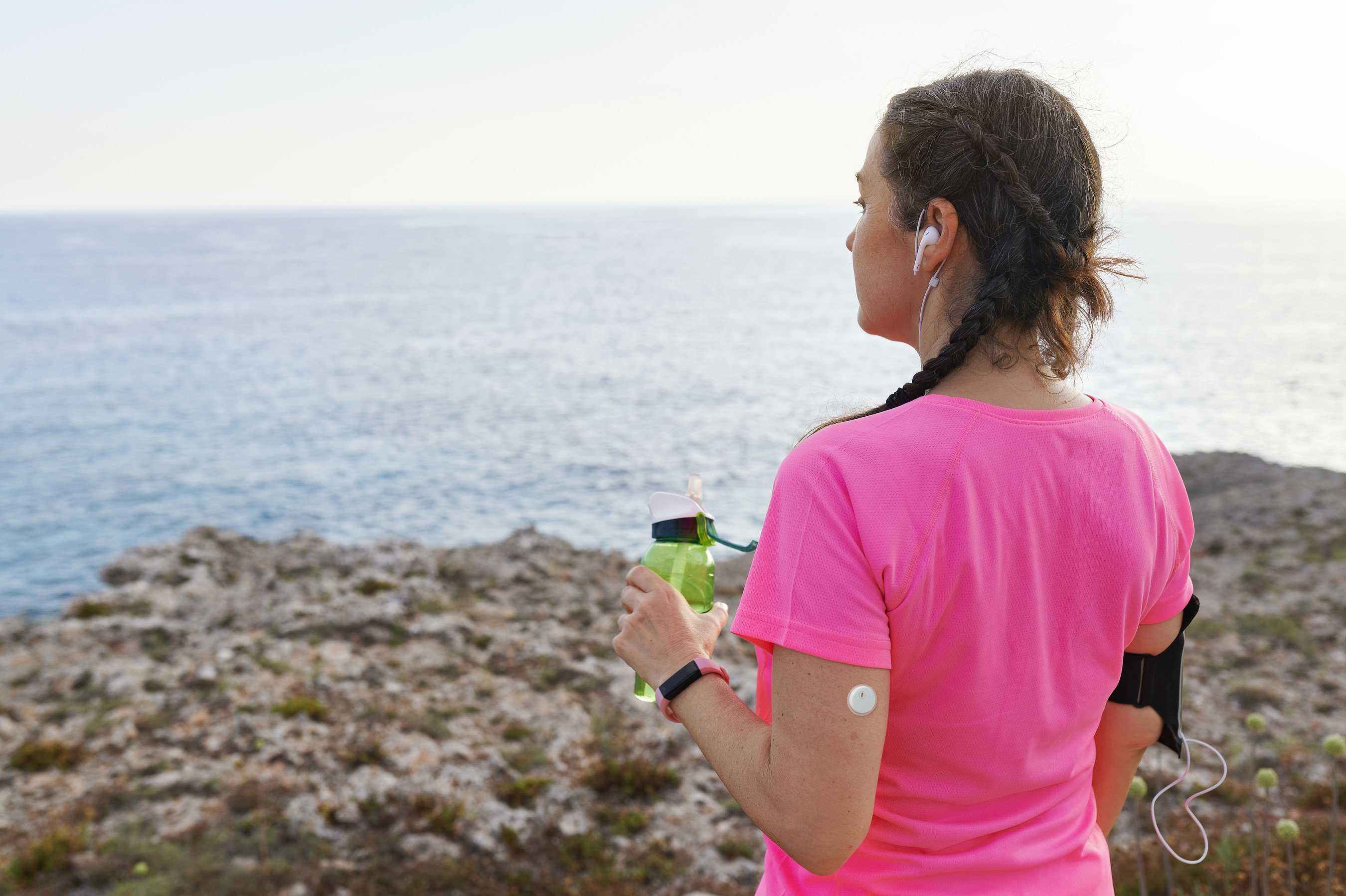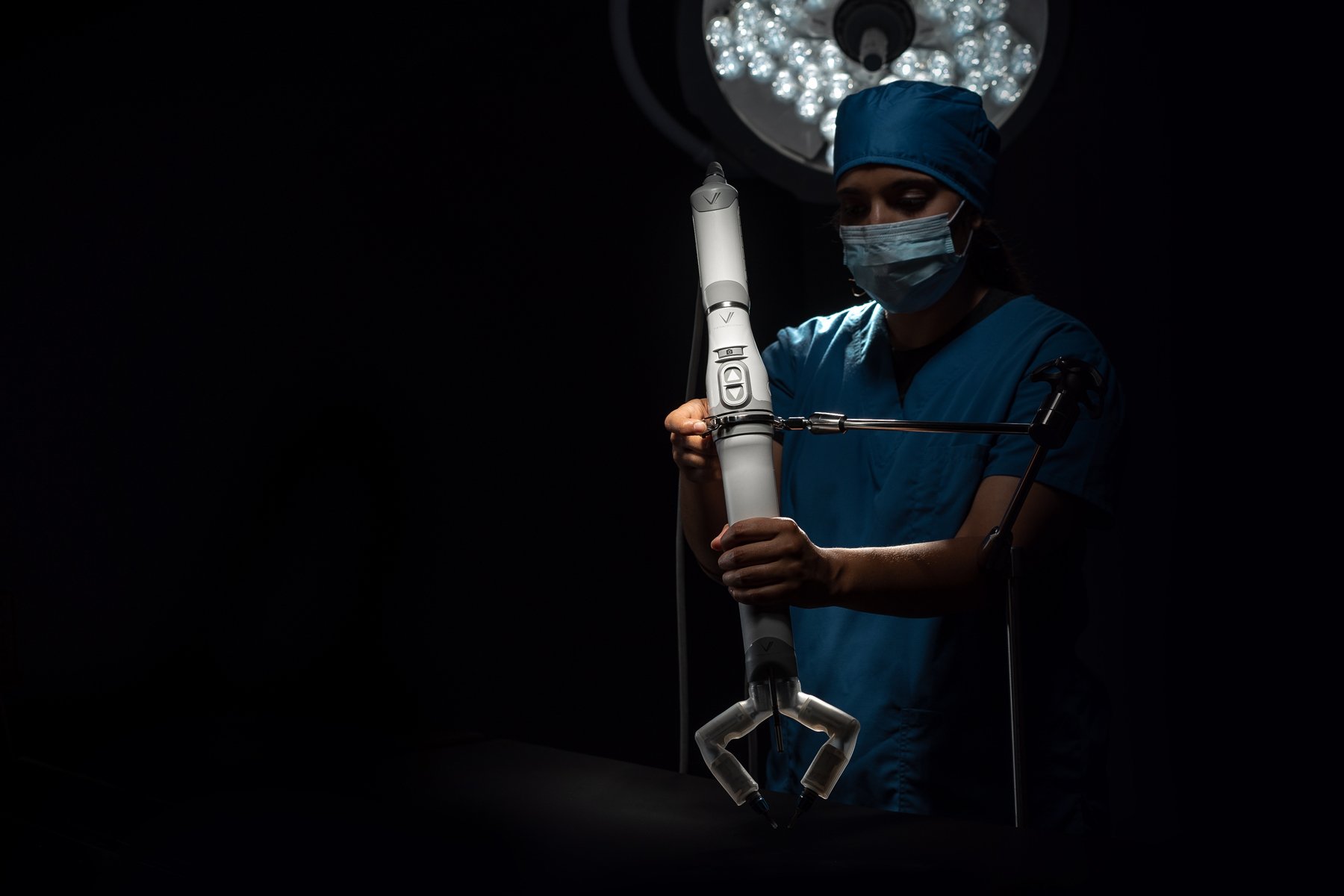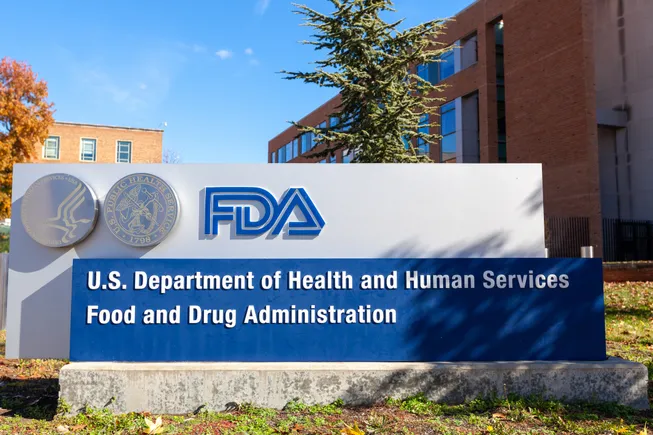Safety Evaluation of Repeated Application of Polymeric Microarray Patches in Miniature Pigs
Advanced Healthcare Materials, EarlyView.

This study demonstrates the safety of repeated application of three types of microarray patches (MAPs), hydrogelforming,
dissolving, and implantable, over four weeks in miniature pigs. No adverse skin or systemic effects were observed, supporting the clinical potential of MAPs as safe and effective drug delivery platforms.
Abstract
The safety of repeated microarray patch (MAP) application is crucial for its development as an innovative drug delivery platform. This study is the first to assess the safety of repeated applications of hydrogel-forming, dissolving, and implantable MAPs over four weeks using miniature pigs, an industry-standard dermatological model with human-like skin structure and physiological responses. Uniform MAPs are successfully manufactured, with application forces of 32 N/array resulting in less than 15% needle height reduction. ≈80% of the needle length penetrated Parafilm layers, while 40–60% penetrated excised porcine skin. Repeated MAP applications do not compromise skin barrier function, as confirmed by transepidermal water loss measurements, and caused no adverse skin reactions per modified Draize test results. Systemic safety assessments revealed no significant immune responses, allergic reactions, infections, or inflammatory markers (TNF-α, IgE, IgG, CRP, and IL-1β) between day 0 and day 28. No weight loss, infection signs, kidney toxicity, or clinically relevant hematological or biochemical changes are observed. Histopathological evaluations confirmed the absence of lesions or adverse effects. These findings establish the safety of repeated hydrogel-forming, dissolving, and implantable MAP applications, supporting their potential for safe, effective drug delivery and facilitating their translation from preclinical models to human clinical trials.









